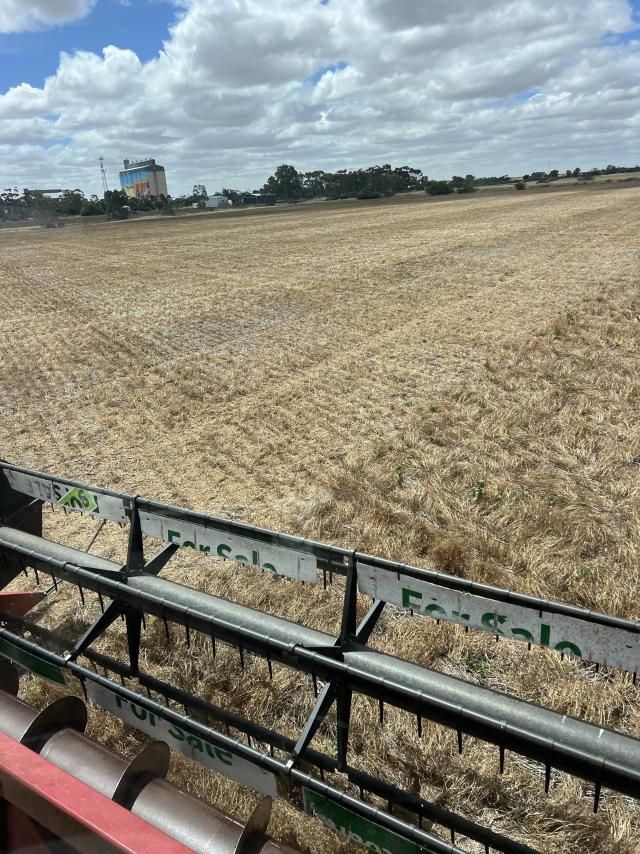
It was the perfect storm: high temperatures and strong winds, and what the CFS refers to as catastrophic fire danger conditions.
Winds were blowing at 60km/h with gusts up to 90km/h, the air temperature was about 36 degrees, and humidity was recorded at just 11 per cent. A total statewide fire ban was in place.
Eighty-six thousand acres were burnt, along with 91 homes, hundreds of sheds, machinery, and tens of thousands of livestock. Many people were seriously injured, and tragically, locals Allan Tiller and Janet Hughes lost their lives.
It is a day that will remain embedded in the minds of everyone in the Mid North for a lifetime, and like any major event, people can still vividly recall where they were and what they did on that fateful day.
Ten years on, the subject still comes up from time to time, and everyone has their own memory of that frightening day.
The question is: what has happened since then? The answer is a lot.
Attitudes to bushfires on the plains have changed. We no longer believe that major bushfires only occur in the Adelaide Hills. Stubble fires now need to be responded to rapidly and with maximum effect.
CFS aircraft are now on standby throughout the summer, and they do not wait around. As soon as the first sign of smoke appears, the planes are launched – often beating the first responders.
Liaison between farm fire units has improved, as has access to appropriate firefighting clothing. Once reserved for the CFS, most farm fire units now carry suitable protective gear under the seat.
It is 10 years on and a time to reflect, a time to remember, and a poignant reminder to ensure your farm and outbuildings are fire-safe, with good firebreaks, and fire-safety measures in place.
Pinery has taught us many things, including the unpredictability and ferocity of fire, and the importance of being well prepared – for all situations.
Stop-start harvest grinds on
Cool weather and showers have frustrated farmers again this week, with last Wednesday being the only good harvest day. Lentils and other legumes continue to be reapt, albeit at office hours.
Cereals have been a challenge, with growers struggling to get moisture levels down to a deliverable standard. Rest assured, the weather will turn, and headers will launch into action.
Late rains cause harvest headaches
Another issue farmers are dealing with is the early emergence of summer weeds, such as milk thistle appearing in legume crops. Most growers generally spray-top legumes to tackle resistant ryegrass issues, and this usually takes out early summer weeds as well.
This year, however, control has been pretty hit-and-miss, with many paddocks still covered in green weeds when the header rolls in.
The continued wet weather will also mean another cost for farmers, as they will need to control summer weed germination once harvest is done to conserve soil moisture for next season and prevent weeds from becoming a major issue come seeding.






